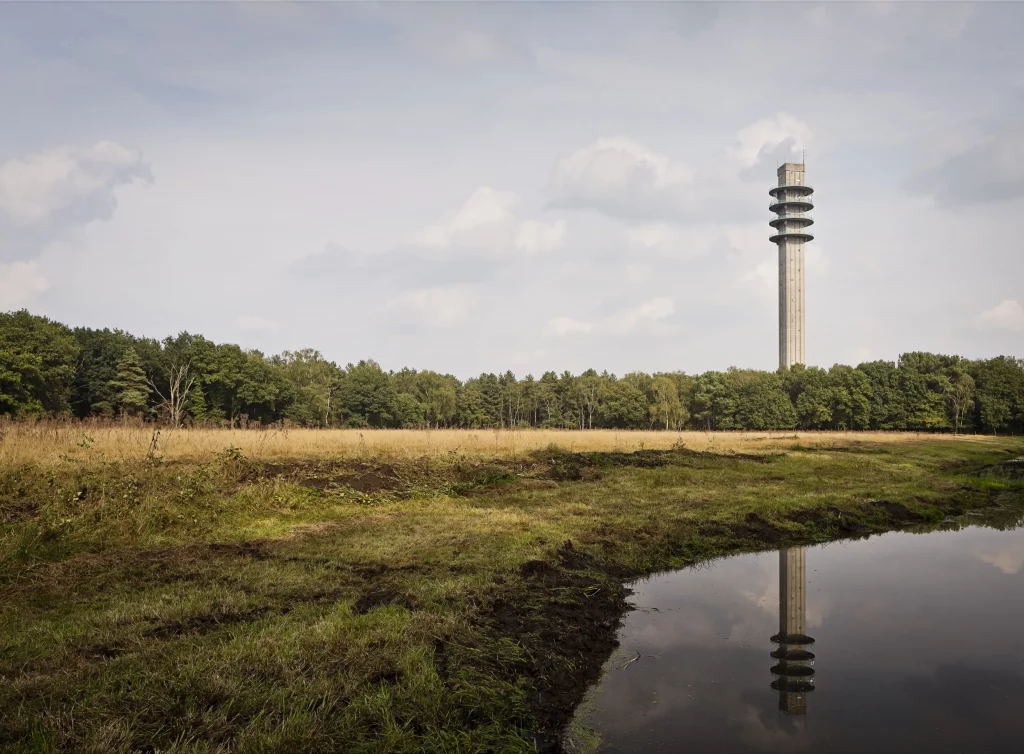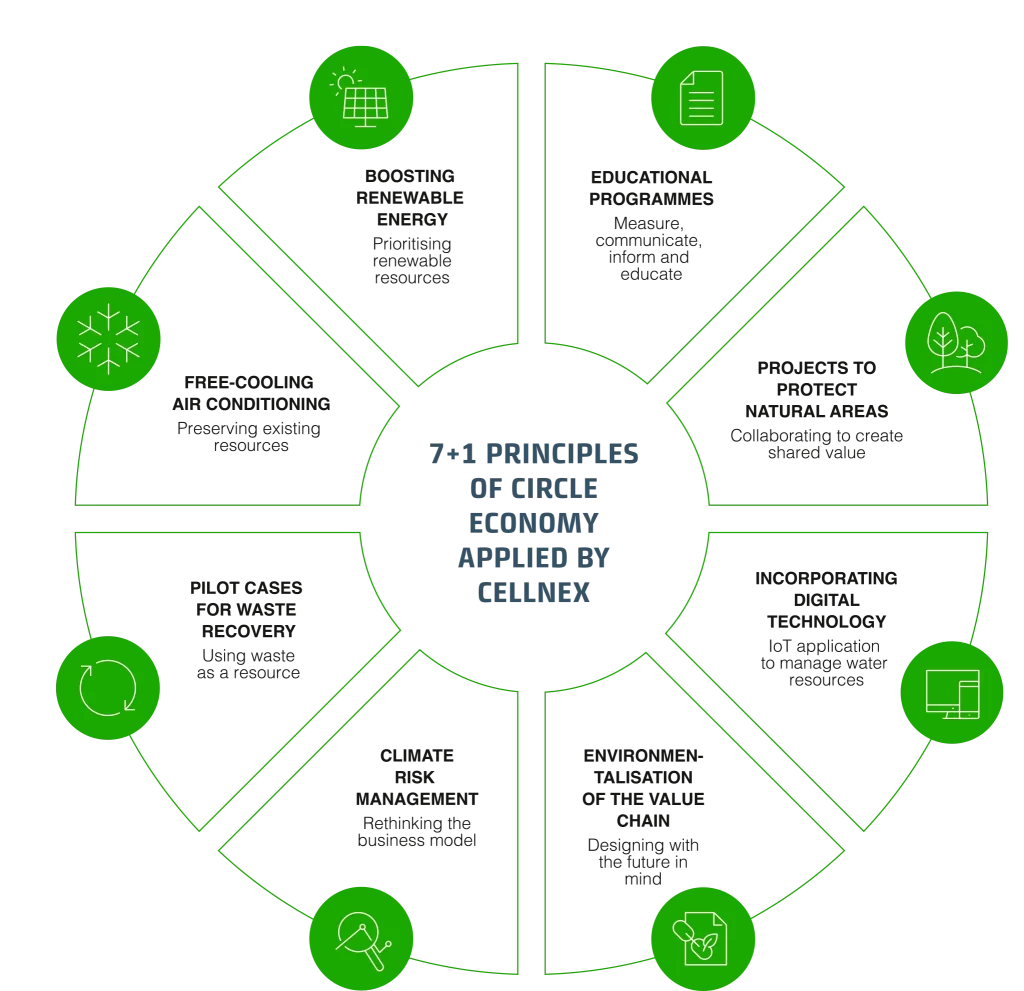Trends
Trends
JUN
05
2024
Environment
The business factor in the life cycle
It will take you four minutes to read this article. During that time, the equivalent of 48 football pitches will have been eroded on the planet due to pollution, acidification, salinisation or loss of organic carbon and density, among other types of damage. However, it will take 1,000 years to generate three centimetres of new topsoil.
According to the United Nations Convention to Combat Desertification, up to 40% of the planet’s land areas are degraded, which directly affects half of the world’s population. The number and duration of droughts have increased by 29% since 2000. That is why this year World Environment Day focuses on broadening the foundations for well-informed public opinion and for behaviour by individuals, companies and communities inspired by their sense of responsibility for environmental conservation and improvement.
As a company committed to reducing its environmental footprint, Cellnex has not only planned to decouple its electricity supply from fossil fuel dependency by 2025, but has rolled out several initiatives to make efficient use of natural resources, prolong the useful life of products and properly treat waste, prioritising its reintroduction into the production cycle. These principles are the basis of the Circular Economy.
The circular economy seeks to ensure that the value of products, materials and resources is kept in the economy for as long as possible, reducing waste to the minimum. The idea is to implement a new economy that is circular rather than linear, based on the principle of “closing the life cycle” of products, services, waste, materials, water and energy. “Since Cellnex was created, we have integrated the principles of the Circular Economy into our business model, which is based on the shared use of infrastructure, which promotes a more efficient and sustainable use of resources,” says Yolanda Romero, Head of Environment and Climate Change at Cellnex.
To work in accordance with these circularity principles and reduce the environmental impact generated by its activity, Cellnex performed an initial Life Cycle Analysis exercise (LCA) of its TIS (Telecommunications Infrastructure Services) centres, the results of which have been published in the 2023 Environment and Climate Change Report. The analysis made it possible to identify the critical points of the products and services, minimise the risks at each stage, and enhance the opportunities for circularity of materials and energy. In 2023, this Life Cycle Analysis methodology was applied to another business object, the data centres. This study evaluated the data centres in Roanne, Le Mans and Lille in France, to obtain information that can be extrapolated to the remaining centres.
Having identified the environmental impact of the TIS centres, the company is now investigating, proposing and implementing ecodesign measures that reduce the impact of these centres, thereby contributing to a circular economy. The Life Cycle Analysis of the data centre exercise aims to replicate the similar exercise performed on TIS centres. “Ecodesign is a branch of the Circular Economy that seeks to develop products that prevent and reduce environmental impacts in the life cycle of a product from a design point of view,” says Romero.
These strategies were developed jointly by the sustainability, operations, maintenance and purchasing areas with participants from various countries in which the company operates, creating a working group that has shared opinions, experiences and recommendations on the proposals defined in the ecodesign project to jointly classify them as actions to be carried out in the short or long term, in addition to analysing whether they can be applied at a global or local level. Proposals applicable in the short term such as changing light bulbs for LEDs or the use of recycled materials; or long-term measures such as using aluminium-air batteries or photovoltaic power generation.
Through these efforts, individuals, companies and communities are encouraged to develop a sense of responsibility regarding the conservation and improvement of the environment; to halt desertification and strengthen resilience to drought under the motto “Our lands. Our future. We are the #generationrestoration” proposed by the United Nations for this day.


















